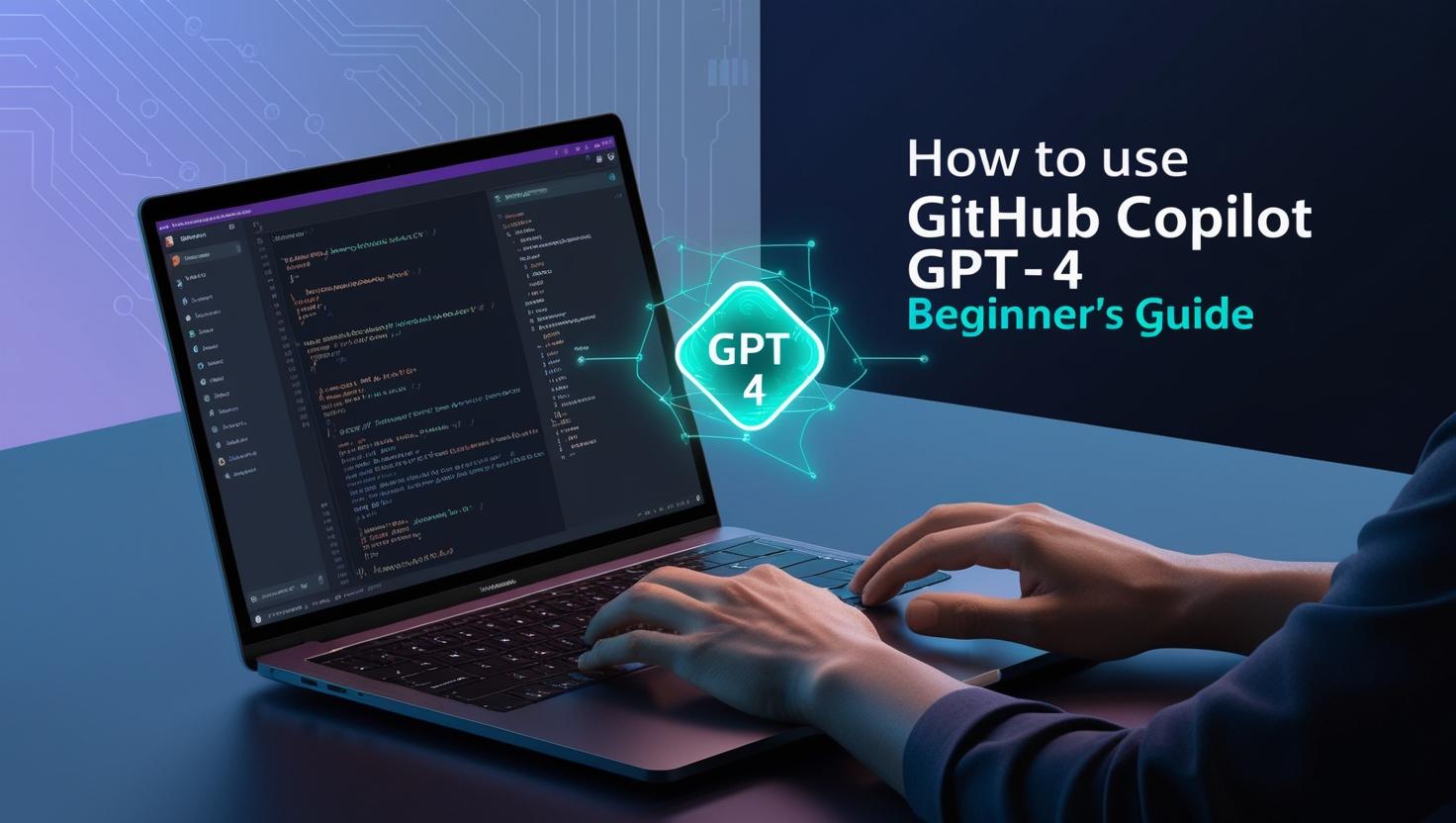The integration of AI into software development has reached new heights with GitHub Copilot GPT-4, an advanced AI pair programmer that leverages OpenAI’s GPT-4 model. Whether you’re debugging, writing boilerplate code, or exploring new frameworks, this tool can transform your workflow. In this guide, we’ll explore what GitHub Copilot GPT-4 is, its benefits, and practical strategies to maximize its potential.
What is GitHub Copilot GPT-4?
GitHub Copilot GPT-4 is an AI-powered code completion tool developed by GitHub and OpenAI. Built on the GPT-4 architecture, it analyzes your code context, comments, and patterns to suggest real-time snippets, entire functions, or even test cases. Unlike its predecessor (powered by GPT-3), it offers:
- Enhanced accuracy: Reduced error rates in code suggestions.
- Multi-language support: Over 50 programming languages, from Python to Rust.
- Contextual awareness: Deeper understanding of project-specific patterns.
According to a 2023 GitHub survey, developers using Copilot reported a 55% increase in productivity and spent 75% less time on repetitive tasks.
Benefits of Using GitHub Copilot GPT-4
1. Accelerated Development Cycles
GitHub Copilot GPT-4 slashes time spent on boilerplate code. For example, typing // Create a REST API endpoint might generate a fully formed Express.js route.
2. Reduced Cognitive Load
Focus on high-level logic while Copilot handles syntax. A Stanford study found developers using AI tools made 30% fewer errors in complex tasks.
3. Continuous Learning
Learn new frameworks or languages by reviewing Copilot’s context-aware suggestions.
4. Cross-Language Flexibility
Switch seamlessly between languages—generate Python data models or React components with equal ease.
Tips for Effective Use of GitHub Copilot GPT-4
1. Write Clear, Descriptive Comments
Copilot thrives on context. Instead of // Sort list, write // Sort the user array by registration date in descending order.
Example:
python
#Calculate Fibonacci sequence up to n terms using recursion
def fib(n):
#GitHub Copilot GPT-4 suggests base cases and recursive logic here
2. Break Problems into Smaller Steps
Divide tasks into single-responsibility functions for more precise suggestions.
3. Iterate and Refine
Use partial suggestions and tweak them. Copilot improves as you provide feedback via acceptance/rejection.
4. Leverage Contextual Cues
Keep related files open to help Copilot understand project-specific patterns.
Advanced Tricks to Master GitHub Copilot GPT-4
1. Custom Snippets and Templates
Save common code patterns as snippets. For instance, define a Next.js API route template to accelerate backend development.
2. Prompt Engineering for Complex Tasks
Ask Copilot to “Write a PyTorch CNN model for MNIST dataset with dropout layers” instead of vague prompts.
3. Integrate with Testing Frameworks
Generate unit tests by commenting:
javascript
Copy// Test for user login function with invalid credentials
4. Use for Documentation
Prompt Copilot to “Write a docstring for this function” to auto-generate explanations.
Common Challenges and Solutions
Challenge 1: Over-Reliance on Suggestions
Solution: Review code critically. Pair Copilot with code reviews or linters like ESLint.
Challenge 2: Irrelevant Suggestions
Solution: Refine prompts or split tasks into smaller steps.
Challenge 3: Code Quality Concerns
Solution: Enable strict mode in settings to prioritize quality over quantity.
Real-World Examples of GitHub Copilot GPT-4 in Action
- Startup Efficiency: A fintech startup reduced API development time by 40% by using Copilot to generate Swagger documentation and endpoint logic.
- Open Source Contributions: A developer contributed to TensorFlow by leveraging Copilot to debug GPU compatibility issues.
- Educational Use: Coding bootcamps report 60% faster student progress when using Copilot for project scaffolding.
Conclusion
GitHub Copilot GPT-4 is more than a code assistant—it’s a productivity multiplier. By combining its power with intentional practices, you can focus on innovation rather than syntax. Ready to transform your workflow?
Call-to-Action:
👉 Start your free trial of GitHub Copilot today and apply these tips to your next project.
Sources:


















